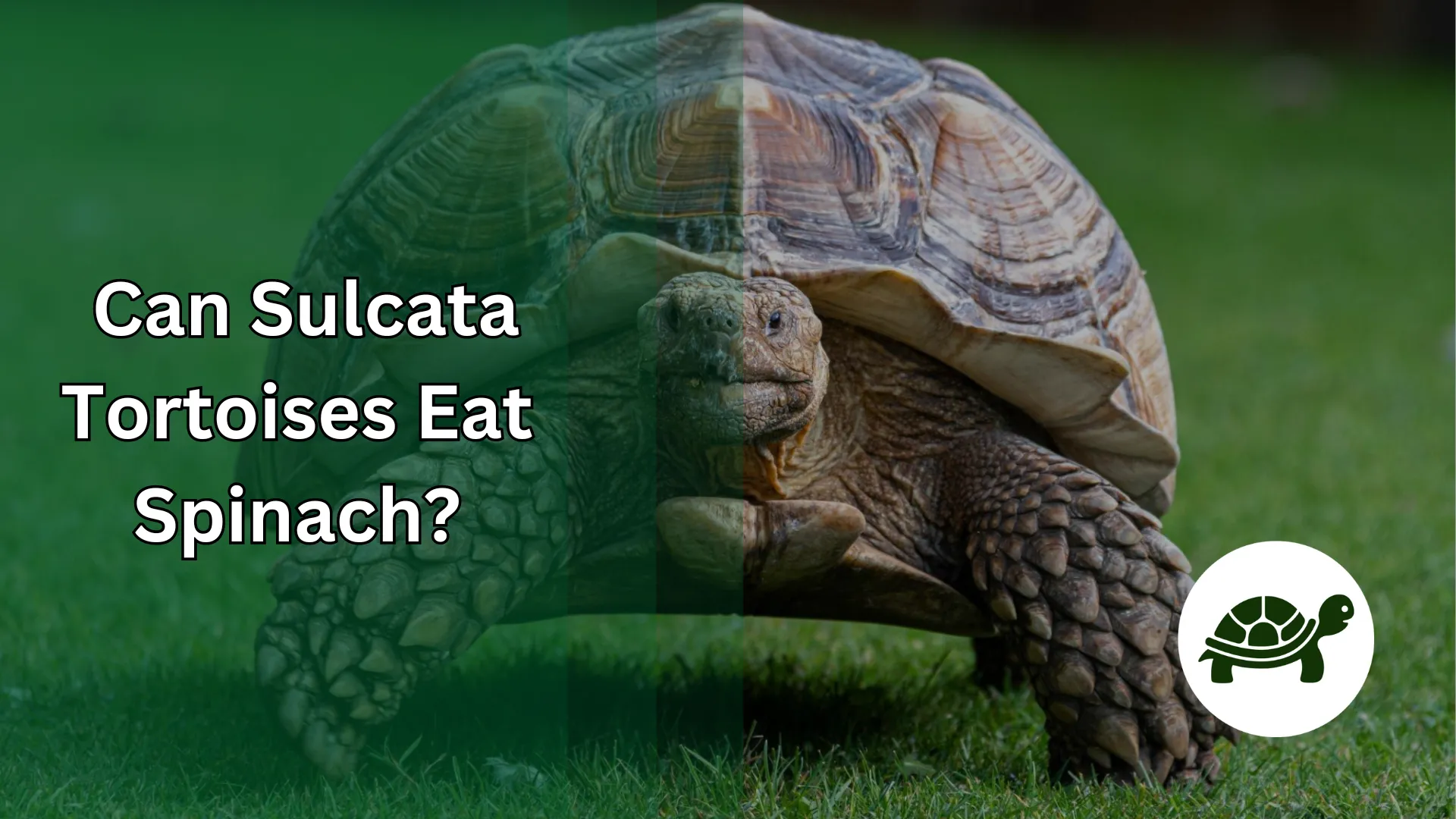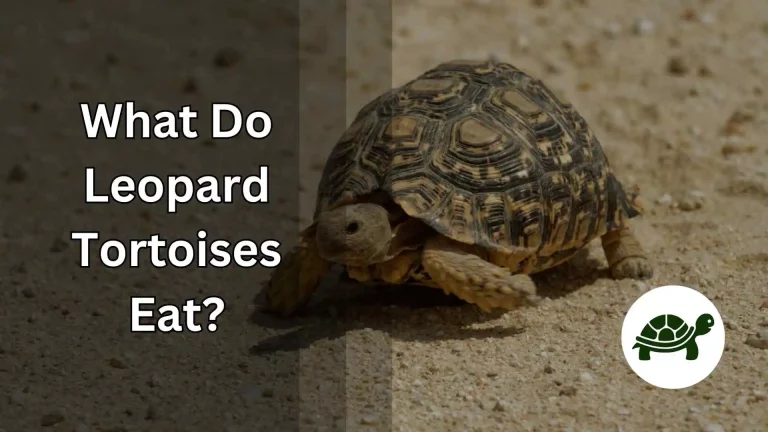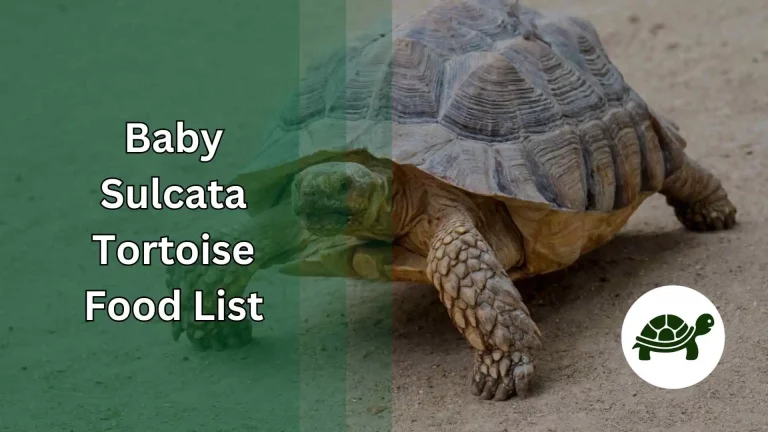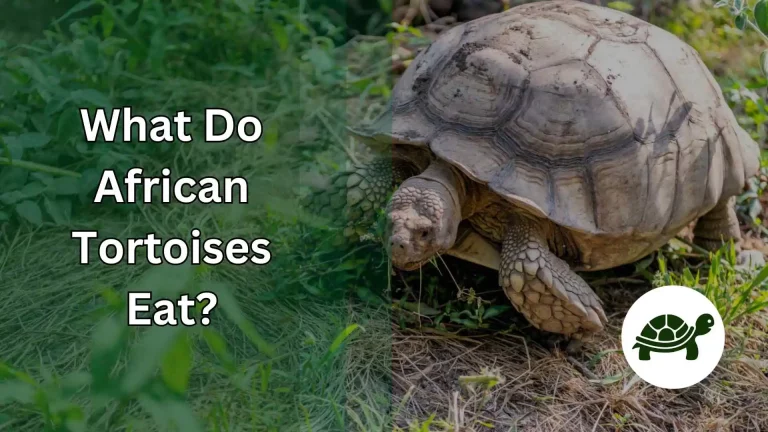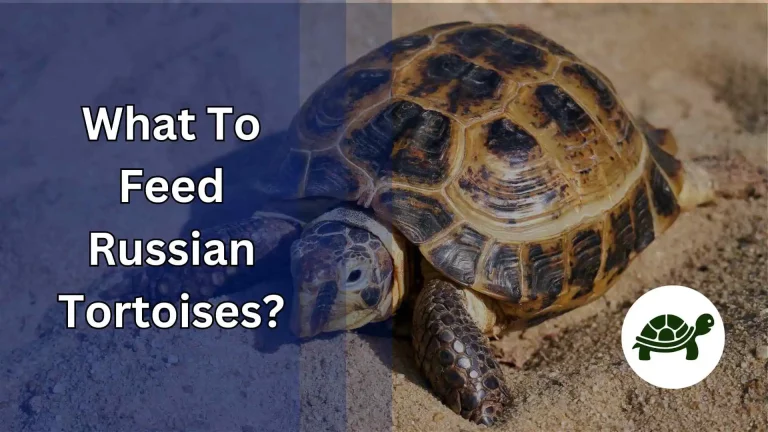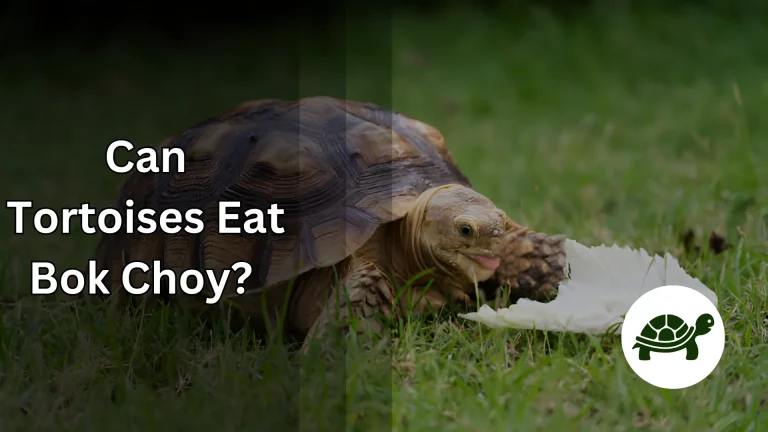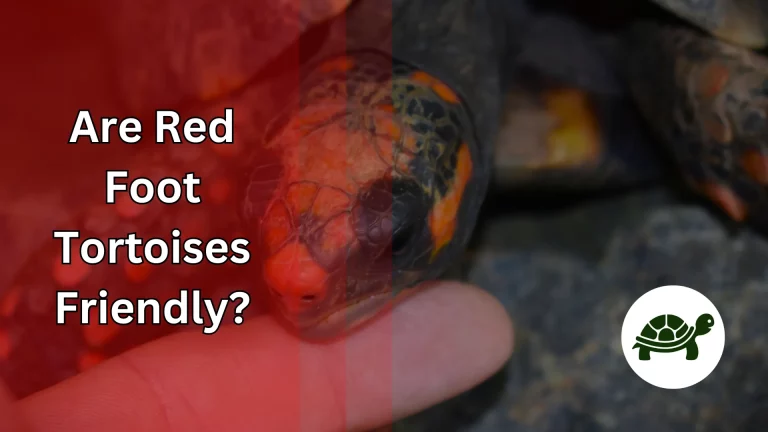Can Sulcata Tortoises Eat Spinach? – All You Need To Know
Sulcata tortoises, often admired for their distinctive shells and gentle demeanor, are a popular choice among reptile enthusiasts. Native to the arid regions of Africa, these tortoises have specific dietary needs that are crucial to their health and longevity. Understanding what foods are safe and nutritious for them is key to ensuring they thrive in captivity. The question of whether spinach, a leafy green rich in nutrients, is suitable for Sulcata tortoises is a topic of interest for many tortoise owners. This is especially relevant as we strive to provide a varied and balanced diet that mimics their natural foraging behavior.
But is spinach a safe and healthy option for these gentle giants? In this article, we’ll delve into the nutritional aspects of spinach and how it fits into the diet of a Sulcata tortoise. We aim to provide clear, evidence-based guidance for tortoise owners seeking the best for their shelled companions. Join us as we explore the pros and cons of including spinach in your Sulcata tortoise’s diet, ensuring you have all the information needed to make informed feeding decisions.
Overview of Sulcata Tortoise Diet
Sulcata tortoises, also known as African spurred tortoises, have unique dietary needs that are essential to understand for their wellbeing. In their natural habitat, these tortoises graze primarily on various grasses and plants. Their diet is high in fiber and low in protein, which is crucial for their health. A diet mimicking this natural grazing pattern helps maintain their digestive health and prevents common health issues.
Unlike many other pets, Sulcata tortoises require a diet low in sugar and fruits. This is important as high-sugar foods can disrupt their digestive system. Additionally, their diet should contain minimal protein. Too much protein can lead to shell deformities and other health problems. Ensuring a proper balance of nutrients is key to a healthy Sulcata tortoise.
Leafy greens play a significant role in their diet, but not all greens are equally beneficial. It’s vital to choose greens that are high in calcium and low in oxalates, substances that can hinder calcium absorption. This balance helps in maintaining strong bones and a healthy shell. The question, then, is where does spinach, a common leafy green, fit into this dietary puzzle?
Nutritional Value of Spinach
Spinach is a well-known superfood in the human diet, but how does it stack up for Sulcata tortoises? This leafy green is packed with a range of nutrients. It’s high in vitamins like vitamin A and vitamin K, which are essential for maintaining good health. Spinach also contains minerals like calcium and iron. These nutrients are vital for strong bones, good vision, and overall well-being.
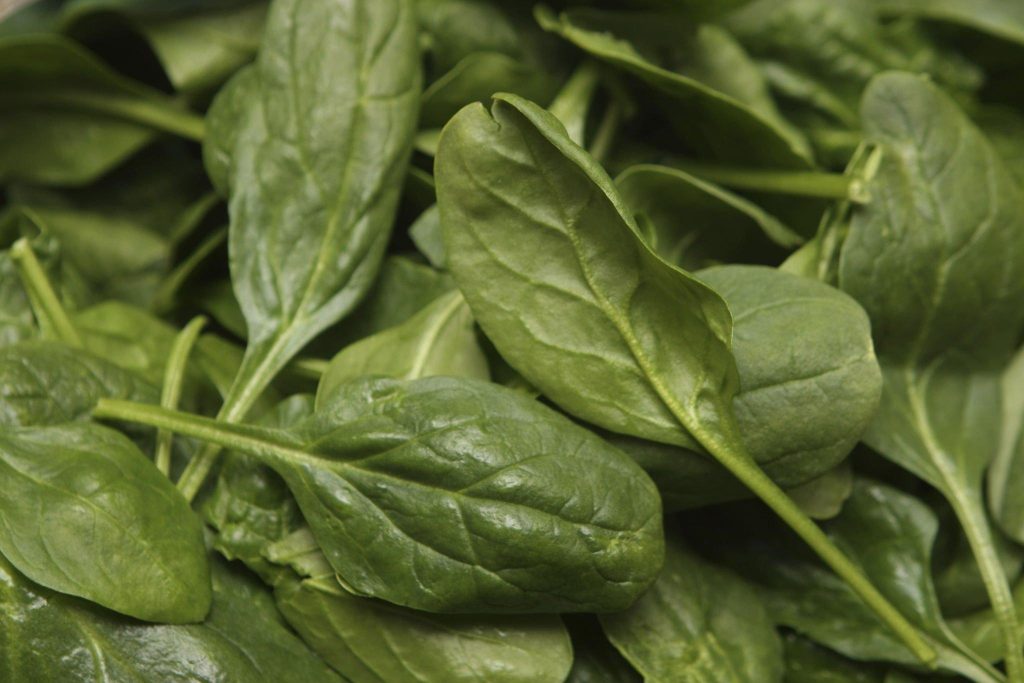
However, spinach also contains oxalates. Oxalates can be a concern because they bind to calcium and make it harder for the body to absorb this crucial mineral. For Sulcata tortoises, calcium is vital for strong shell and bone development. When oxalates are high in their diet, it could lead to nutritional imbalances and health issues.
Another point to consider is the fiber content in spinach. While fiber is an important part of the Sulcata tortoise diet, the type of fiber found in spinach might differ from what they naturally consume in the wild. Understanding these nuances is key to deciding if spinach should be a part of their diet.
Can Sulcata Tortoises Eat Spinach?
After understanding the nutritional profile of spinach, the big question remains: is it suitable for Sulcata tortoises? The answer isn’t straightforward. While spinach offers vitamins and minerals beneficial for health, its high oxalate content raises concerns. Oxalates can prevent the absorption of calcium, which is crucial for Sulcata tortoises. They need calcium for strong shells and bones. So, feeding them spinach regularly could potentially lead to health issues.
However, moderation is key. Offering spinach as an occasional treat, rather than a staple in their diet, might be a safer approach. It’s about balance. Mixing spinach with other safe greens can help reduce the risk of calcium deficiency. Always remember, variety is important in a Sulcata tortoise’s diet.
Before adding spinach to your tortoise’s meal plan, it’s best to consult with a veterinarian. They can provide personalized advice based on your tortoise’s specific health and dietary needs. Every Sulcata tortoise is unique, and what works for one may not be suitable for another.
Right Way to Feed Spinach to Sulcata Tortoises Occasionally
If you decide to occasionally include spinach in your Sulcata tortoise’s diet, it’s crucial to do it the right way. Moderation is the key. Think of spinach as a treat, not a regular meal. A small amount of spinach can be mixed with other tortoise-safe greens like dandelion leaves, collard greens, or turnip greens. This mix provides a balanced range of nutrients while minimizing the risk of calcium absorption issues.
When introducing spinach, start with a tiny portion. Watch your tortoise’s response. Some tortoises may be more sensitive than others to dietary changes. Monitoring their behavior and health after eating spinach is important. If you notice any negative reactions, it’s best to remove spinach from their diet and consult a vet.

Always remember to wash the spinach thoroughly to remove any pesticides or chemicals. Organic spinach is a safer choice, as it’s less likely to contain harmful substances. Cut the spinach into small, manageable pieces to make it easier for your tortoise to eat.
By following these simple guidelines, you can safely introduce spinach into your Sulcata tortoise’s diet on an occasional basis. This approach ensures they get the benefits of spinach without the risks of overfeeding.
Frequently Asked Questions (FAQs)
1. What are the main foods in a Sulcata tortoise’s diet?
Sulcata tortoises thrive on a diet mainly composed of grasses and leafy greens. They need high-fiber, low-protein foods. Common choices include dandelion greens, clover, and hibiscus leaves. These foods mimic their natural diet in the wild and keep them healthy.
2. How often can I feed spinach to my Sulcata tortoise?
Spinach should be fed sparingly. It’s best to treat it as an occasional supplement rather than a regular part of their diet. Once or twice a month is a good rule of thumb. Always mix it with other safe greens to maintain a balanced diet.
3. Are there any health risks associated with feeding spinach to Sulcata tortoises?
The main concern with spinach is its high oxalate content, which can hinder calcium absorption. This is critical for Sulcata tortoises, as calcium is essential for their shell and bone health. Overfeeding spinach can lead to nutritional imbalances.
4. What are some good alternatives to spinach for Sulcata tortoises?
Great alternatives to spinach include collard greens, turnip greens, and mustard greens. These are lower in oxalates and provide a variety of nutrients. Mixing these greens creates a diverse and healthy diet for your tortoise.
5. Can Sulcata tortoises eat fruits and vegetables other than leafy greens?
While Sulcata tortoises can eat some fruits and vegetables, these should be given very infrequently. Their diet should predominantly consist of grasses and leafy greens. Fruits and certain vegetables are high in sugar and should be given as rare treats.
Conclusion
In conclusion, while spinach can be a nutritious addition to a varied diet, it should be offered to Sulcata tortoises only in moderation due to its high oxalate content. The key to a healthy diet for these tortoises lies in balance and variety, ensuring they receive all the necessary nutrients without the risk of nutritional imbalances. Remember, each tortoise is unique, and their dietary needs can vary. Therefore, it’s crucial to monitor their health and consult with a veterinarian for personalized dietary advice.
We hope this article has provided valuable insights into the dietary needs of Sulcata tortoises, particularly regarding the inclusion of spinach. By understanding the importance of a balanced diet, tortoise owners can ensure their shelled companions lead a healthy and happy life. For more information on tortoise care and nutrition, keep following our blog for up-to-date and expert-driven content.

